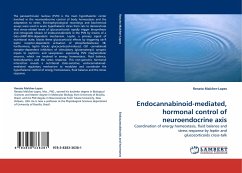In both natural and agricultural conditions, plants are frequently exposed to environmental stresses. Some environmental factors, such as air temperature, can become stressful in just a few minutes; others, such as soil water content, may take days to weeks, and factors such as soil mineral deficiencies can take months to become stressful. Thus, understanding the physiological processes that underlie stress injury and the adaptation and acclimation mechanisms of plants to environmental stress is of immense importance to both agriculture and the environment. The concept of plant stress is often used imprecisely. Stress is usually defined as an external factor that exerts a disadvantageous influence on the plant. In this book we will examine these principles, and the ways in which plants adapt and acclimate to water deficit, salinity, chilling and freezing, heat, and oxygen deficiency in the root biosphere. We will also see that plants often display cross-tolerance that is, tolerance to one stress induced by acclimation to another. This behavior implies that mechanisms of resistance to several stresses share many common features.
Bitte wählen Sie Ihr Anliegen aus.
Rechnungen
Retourenschein anfordern
Bestellstatus
Storno








